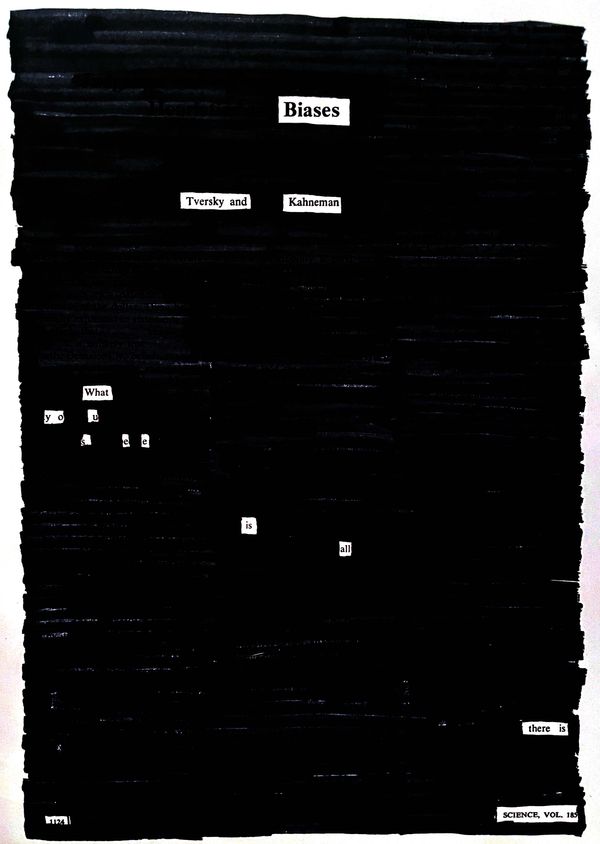In 1974, Amos Tversky and Daniel Kahneman wrote an iconic article in Science Magazine entitled "Judgment under Uncertainty: Heuristics and Biases". They lay out the case and conclude that mental heuristics are highly economical and usually effective, but lead to systematic and predictable errors. For this work and beyond, Kahneman went on to win the Nobel Prize [Sadly, Tversky died before the Prize was awarded].
But what do they mean? Heuristics are mental shortcuts, and part of the namesake of this project. The etymology of heurēka “I have found”, is from the Greek word heuriskein“to find”; an additional derivative of this word is “heuristic”, also meaning to find or discover. In fact, a heuristic approach is one that uses problem-solving or self-discovery to reach a goal. Heuristics can also be mental models or mental shortcuts that enhance decision-making abilities and help explain the way the world works.
However, heuristics have a trade-off: they might not be right. Think of a hunter-gatherer on the African Savannah. They hear a rustling in the bush and quickly, without much thought, dismiss it as the wind. All the previous times they heard rustling was wind, so the likelihood is high that the wind is making noise. This is a mental shortcut. The hunter-gatherer cannot flee for their life, assuming the noise is from a crouching lioness, every time they hear rustling. However, if this mental heuristic is incorrect, and the noise is from a predator, then the hunter-gatherer gets eaten. High stakes on the savannah.
In this admittedly dramatic example, systematic and predictable errors need to be balanced with "highly efficient mental shortcuts". This is the point of Tversky and Kahneman's work. Since their seminal work, we now know and can categorize many types of biases (availability bias, anchoring bias, hindsight bias, and so on). One of Kahneman's simplest abstractions from a career of work is that "what you see, is all there is (WYSIATI)" — we can only make decisions based on what we see, or what we hear in the bush, and that sometimes these decisions are error-prone.
As an homage to heuristics, thinking, and bias, I made art that reflects WYSIATI. Using the style of blackout poetry (thank you Austin Kleon for inspiration), WYSIATI is a piece that reinforces the notion that "what you see is all there is" — the central thesis of Kahneman's work — by blacking out the extraneous text on the first page of their Science article. In this genesis minted piece, we acknowledge our own biases and what we see is truly all there is.
